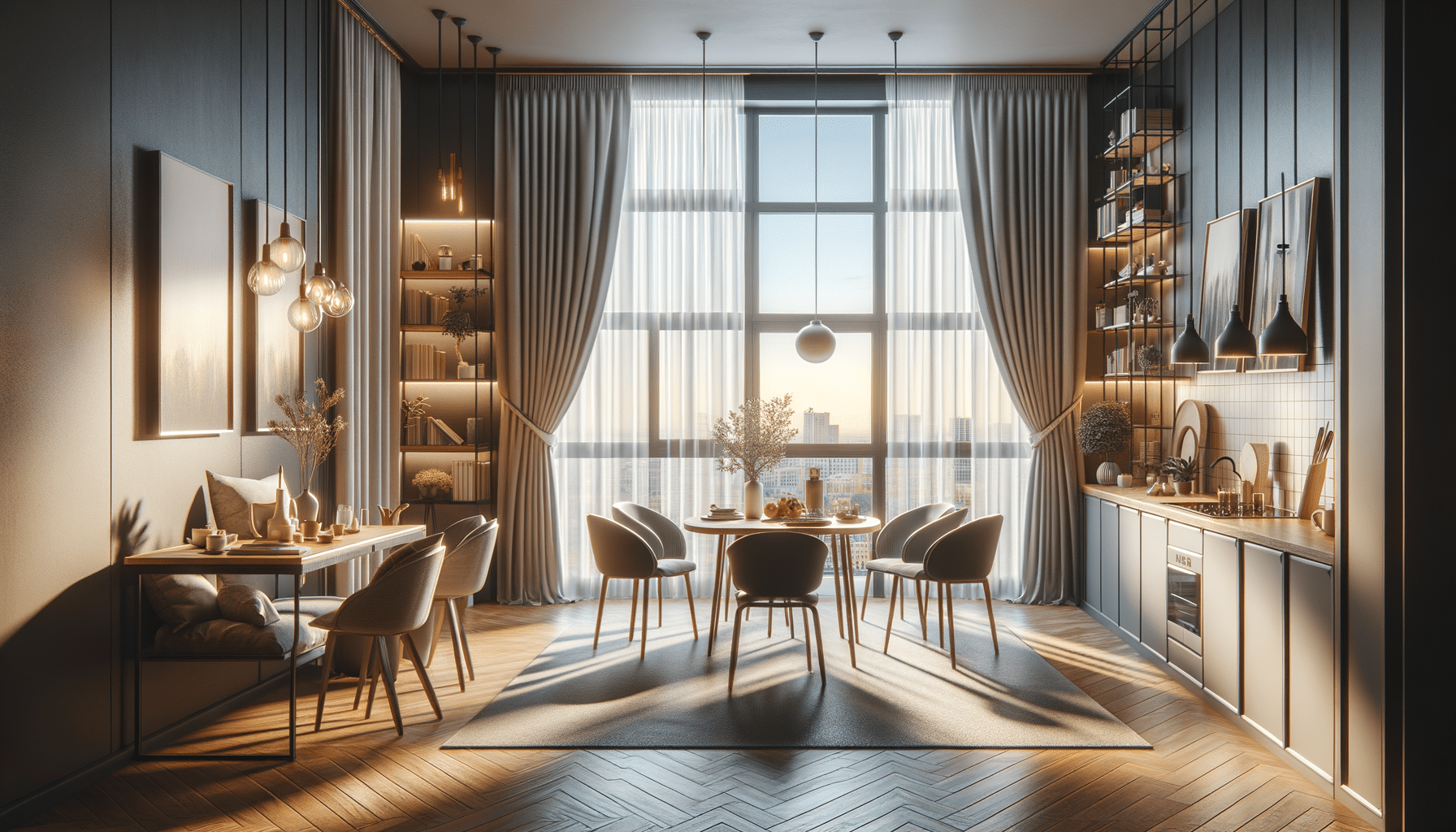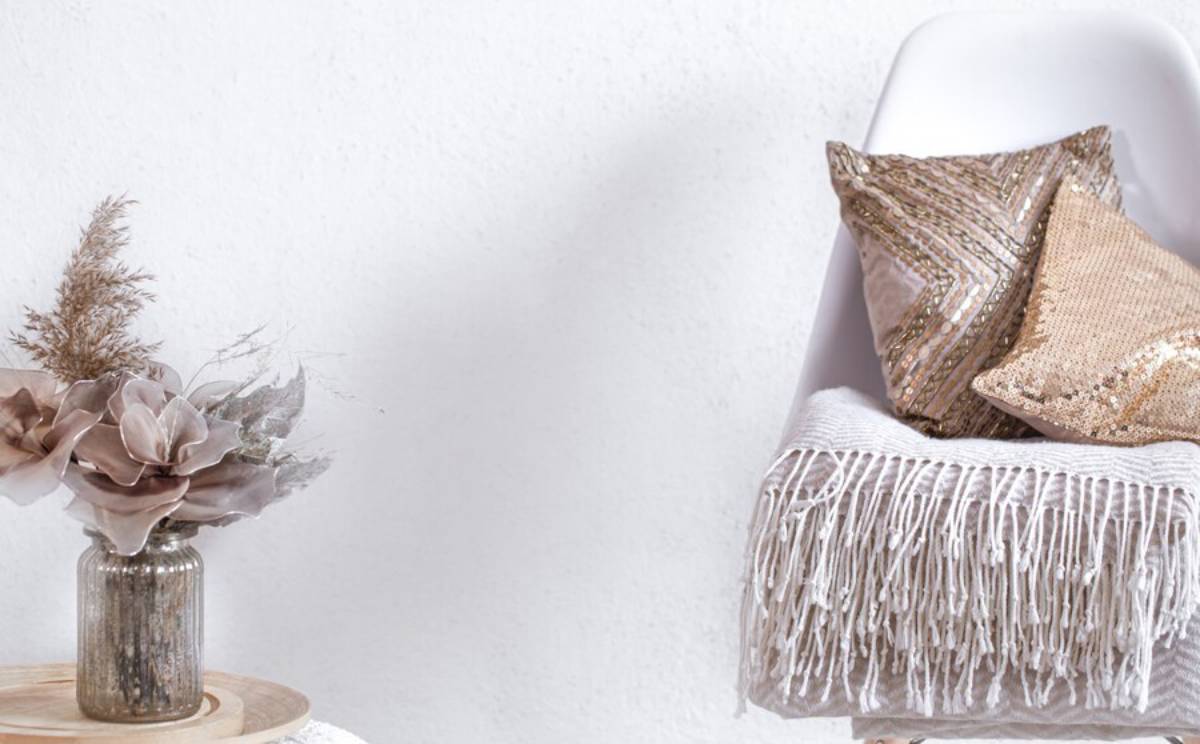
Textural Elements that Enhance Minimalist Spaces
While minimalist interior design is often perceived as having a cold, sterile, or overly simplistic feel, minimalist style is all about clean lines and simple looks — but the texture makes it special. Add depth, character, and warmth with minimalist textures. And it does so without sacrificing the 4740 clean feel of minimalism.
In this post, we will explore one crucial element: texture. We’ll discuss the types of textures that work in this style and offer tips for layering materials to create inviting spaces and balance. This guide will help you master texture in minimalist design. You’ll find helpful tips when styling a calm Scandinavian bedroom or a sleek modern kitchen.
Why Texture Matters in Minimalist Interior Design
Minimalism is more than white walls and a lack of clutter. It’s about intentionality—curating your space so that every item serves a purpose, whether functional or aesthetic. This is where texture becomes indispensable.
Texture Adds Visual Interest
In a space where colour palettes are often muted and forms are simplified, the texture becomes the primary way to introduce contrast and visual depth. Without it, a minimalist room can feel flat or unfinished.
Example: Imagine a living room with white walls, a grey sofa, and black accents. Without texture, the space may look clinical. Add a chunky knit throw, a jute rug, and a linen curtain. Instantly, the room feels warmer and more welcoming.
Texture Enhances Comfort
Minimalist interiors often use hard surfaces—think concrete floors or sleek cabinets. Incorporating soft textures, like textiles and upholstery, helps counterbalance these elements and adds a sense of cosiness and human touch.
It Creates Layering Without Clutter
Layering is typically associated with maximalist styles, but textural layering offers the same richness in minimalist interiors—without the visual overload. A rough clay vase, a smooth oak table, and a velvet cushion can coexist beautifully in a minimalist setting.
Primary Types of Minimalist Textures
Understanding the types of textures that pair well with a minimalist style is crucial. These textures fall into two broad categories: tactile textures (how things feel) and visual textures (how they look). Both are important in achieving a harmonious design.
1. Natural Textures
Natural materials are foundational to minimalist textures. They add warmth and depth without overwhelming the senses.
- Wood: Oak, walnut, birch—wood brings natural grain and earthy tones.
- Stone: Marble, slate, or concrete add grounding and raw elegance.
- Linen and Cotton: These breathable, understated fabrics are staples in minimalist textiles.
Tip: Stick to untreated or lightly finished materials to maintain an organic look.
2. Matte and Soft Finishes
Glossy finishes can feel too polished in minimalist spaces. Opt instead for matte finishes that absorb light and create a softer atmosphere.
- Matte ceramics for kitchenware or vases
- Velvet and suede for upholstery
- Plastered walls for an earthy, artisanal look
3. Rough vs. Smooth Contrasts
Creating contrast is key. Pairing smooth and rough textures within the same palette can make the space more dynamic.
- A rough stone vase on a sleek console table
- A wool throw over a leather sofa
- Textured wallpaper against minimal furniture
This interplay introduces tension and interest, which are especially valuable in simplified interiors.
How to Layer Texture Without Losing Minimalism
Many homeowners fear that adding texture will lead to visual clutter. However, minimalist interior design doesn’t mean eliminating personality but using it thoughtfully.
The Rule of Three
Limit each room to three main textural elements. This keeps the space coherent but avoids monotony.
Example of a minimalist bedroom:
- Linen bedding
- Wool rug
- Woven pendant light
Stick to a Neutral Colour Palette
It’s best to stay within a muted or neutral palette when layering textures. This allows the eye to focus on form and texture rather than be distracted by clashing colours.
Popular minimalist combinations:
- Cream, sand, and taupe
- Charcoal, black, and stone grey
- White, beige, and soft terracotta
Balance Light and Shadow
Texture interacts with light in subtle but powerful ways. Consider how natural light casts shadows on textured surfaces.
- Slatted wood panels catch shadows elegantly throughout the day
- Textured plaster walls create gradients even in soft lighting
- Ribbed glass diffuses light while adding visual appeal
Choose Statement Pieces with Tactile Appeal
Minimalist spaces thrive on fewer but better-quality items. Let texture shine by choosing standout pieces that double as focal points.
- A bouclé armchair in a monochrome room
- A handwoven rug beneath minimalist furniture
- A stone sink in a streamlined bathroom
Room-by-Room Texture Applications
Let’s look at how you can practically apply minimalist textures in each significant home area.
Living Room
The living room is often the heart of the home. In a minimalist living room, texture should balance comfort with clean lines.
Ideas:
- Mix a linen sofa with cotton cushions and a chunky knit throw
- Add a low-pile wool rug beneath a minimalist coffee table
- Display a few textured ceramics or handblown glass pieces on open shelves
Bedroom
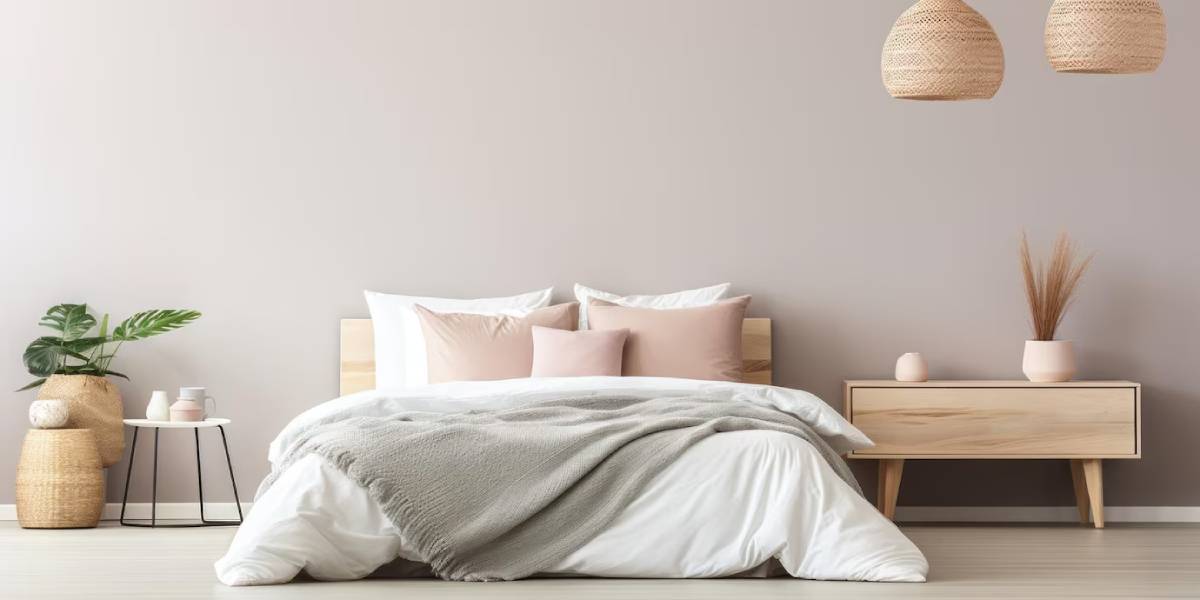
Comfort is king in the bedroom. Here, layering soft textures enhances the sanctuary feel.
Ideas:
- Choose stonewashed linen bedding
- Use tactile headboards (bouclé, suede, or padded fabric)
- Consider layered curtains—a sheer layer for softness and a heavier layer for privacy.
Kitchen
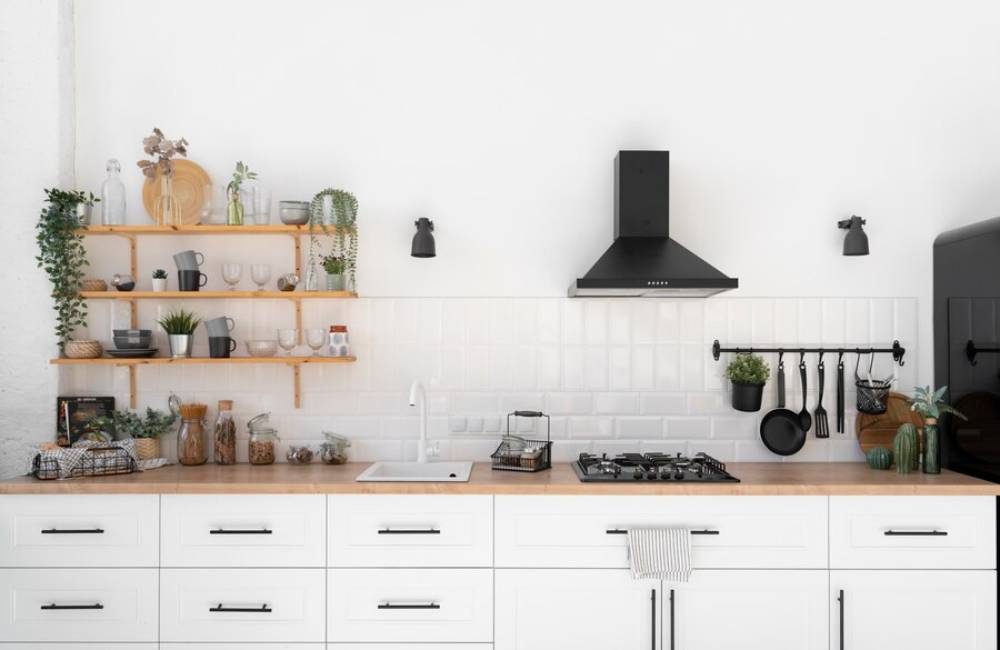
Kitchens can be functional without feeling sterile. Texture in a minimalist kitchen adds soul.
Ideas:
- Introduce open wooden shelving
- Opt for brushed metal fixtures
- Use hand-thrown ceramics for dishes and mugs
Bathroom
Bathrooms benefit from clean aesthetics, but they can feel cold without texture.
Ideas:
- Use textured stone tiles
- Hang waffle cotton towels
- Add wooden stools or rattan baskets for warmth
Common Questions About Minimalist Textures
What is the best texture for minimalist interiors?
There’s no one-size-fits-all answer, but natural, soft, and matte textures tend to work best. Think linen, raw wood, clay, and wool. These materials add depth while staying true to the minimalist ethos.
How can I make my minimalist space feel warm?
Incorporate warm-toned woods, textiles like throws and cushions, and soft lighting. Texture is a great way to add warmth without colour.
Can I use bold texture in minimalism?
Yes—but use it sparingly. A bold texture, like rough stone or velvet, can be a focal point. Just make sure it’s balanced with simpler elements.
How do I avoid clutter when layering textures?
Stick to a limited palette and a few high-impact textures. Avoid layering too many small decor items. Instead, opt for a few statement pieces that combine beauty and function.
Creating Depth Through Texture
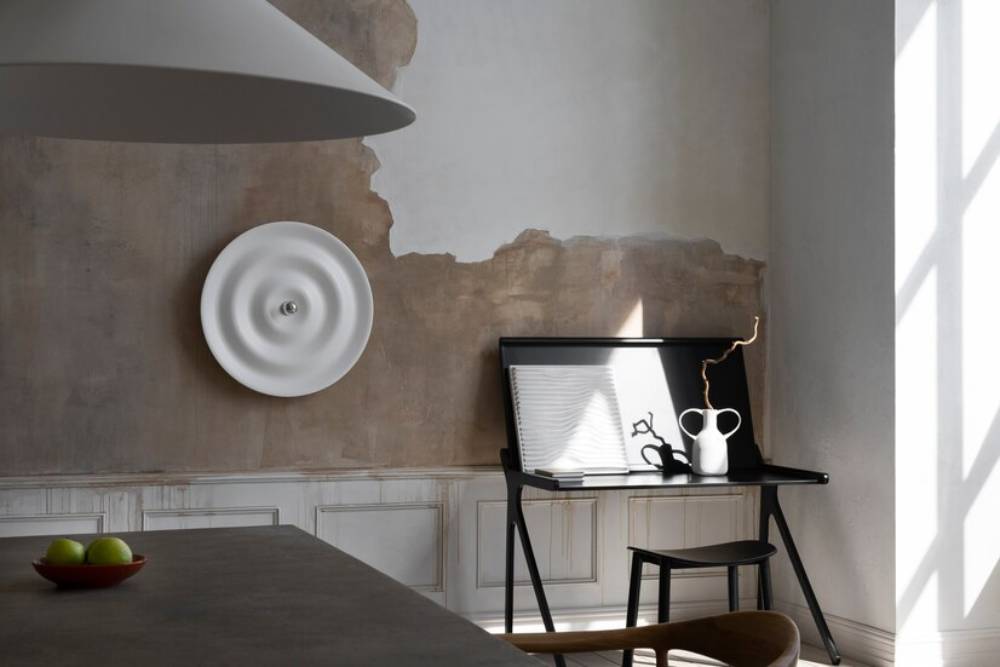
While minimalist interior design is often perceived as having a cold, sterile, or overly simplistic feel, minimalist style is all about clean lines and simple looks — but the texture makes it special. Add depth, character, and warmth with minimalist textures. And it does so without sacrificing the 4740 clean feel of minimalism.
In this post, we will explore one crucial element: texture. We’ll talk about the types of textures that work in this style. And we’ll offer tips for layering materials to create inviting spaces.
Ready to elevate your minimalist home? Start small—introduce a new fabric, switch up your finishes, or add a natural element. Every texture you choose brings you closer to a beautifully balanced home that is uniquely yours.
